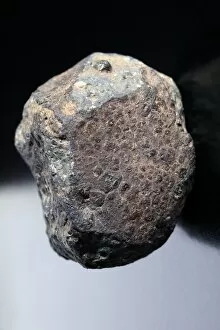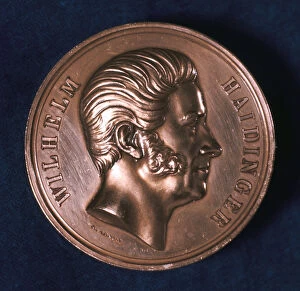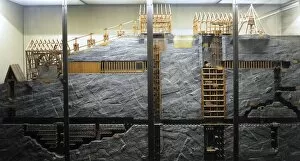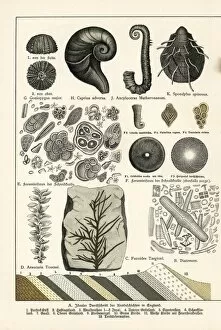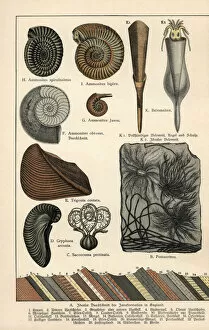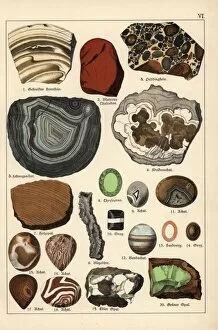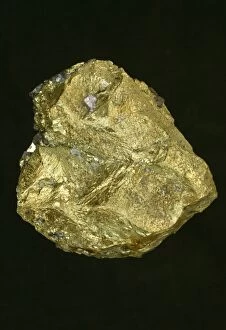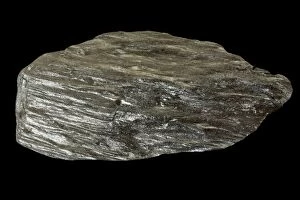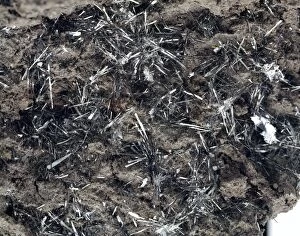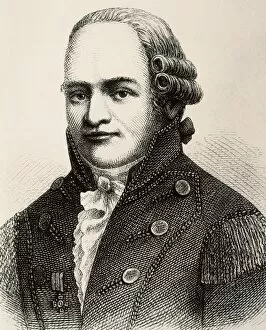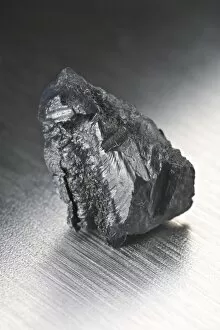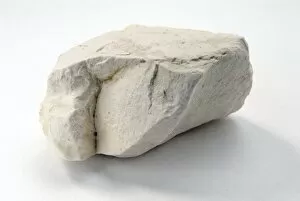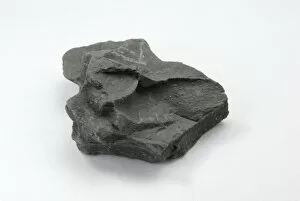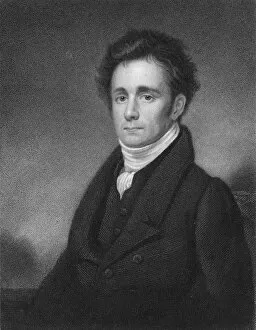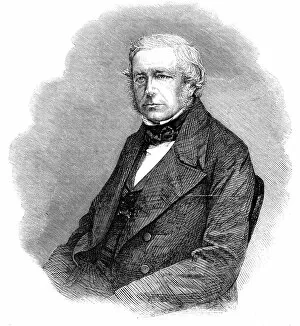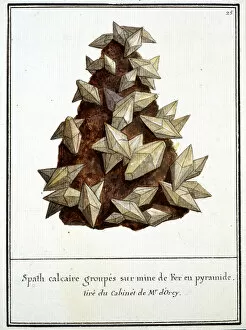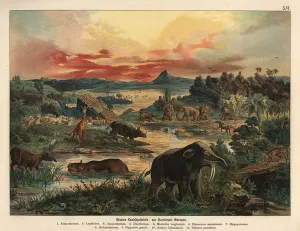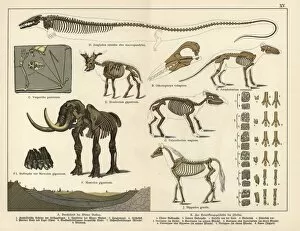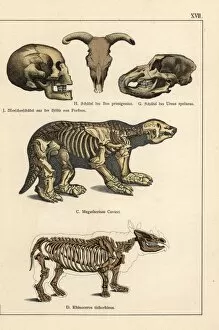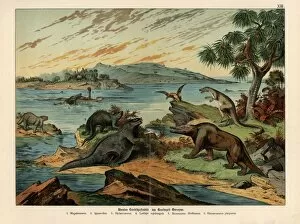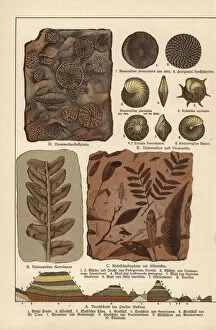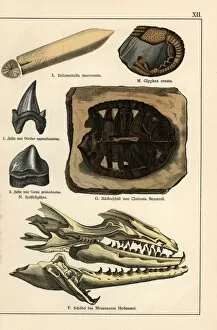Mineralogy Collection (#5)
Mineralogy, the fascinating study of minerals and their properties, takes us on a journey through the geological cross-section of Earth's crust. Picture No
For sale as Licensed Images
Choose your image, Select your licence and Download the media
Mineralogy, the fascinating study of minerals and their properties, takes us on a journey through the geological cross-section of Earth's crust. Picture No. 11091681 captures this intricate web of rocks, unveiling the hidden treasures beneath our feet. Intriguingly, it also delves into the realm of birthstones, like Amethyst Quartz. This enchanting gemstone holds mystical powers and is believed to bring clarity and calmness to its wearer. As we gaze at the waxing gibbous Moon in all its computer-enhanced glory, we marvel at how mineralogy intertwines with astronomy. The Silicon crystal under a light micrograph reveals an intricate lattice structure that forms the backbone of modern technology. Peridot, another captivating gemstone associated with mineralogy, exudes a vibrant green hue reminiscent of lush landscapes from ancient times. It connects us to Jurassic reptiles such as dinosaurs, fish, and birds that once roamed our planet millions of years ago. The Permian period comes alive through plant landscapes frozen in time. Mineralogy allows us to unravel these prehistoric scenes where towering ferns and majestic trees thrived before being preserved for eternity. Trilobite fossils take center stage alongside sponges and zoophytes as they provide glimpses into Earth's distant past. These remnants tell stories about life forms long gone but forever etched in stone by nature's hand. Moeraki Boulders basking in morning light on Moeraki Beach transport us to New Zealand's Otago Region—a testament to how minerals shape our world both above and below ground. Their spherical formations intrigue scientists while captivating visitors with their natural beauty. Histoire naturelle? (1789) presents Plate 7a & Plate 1—windows into historical scientific exploration within mineralogy's vast domain. These illustrations serve as reminders that human curiosity has always driven us towards understanding Earth's mineral treasures.


